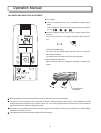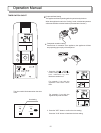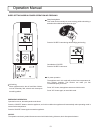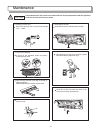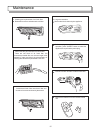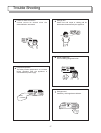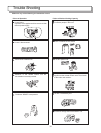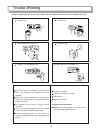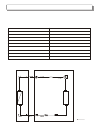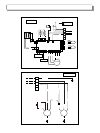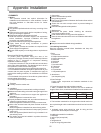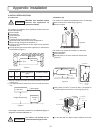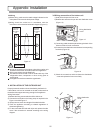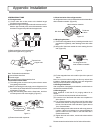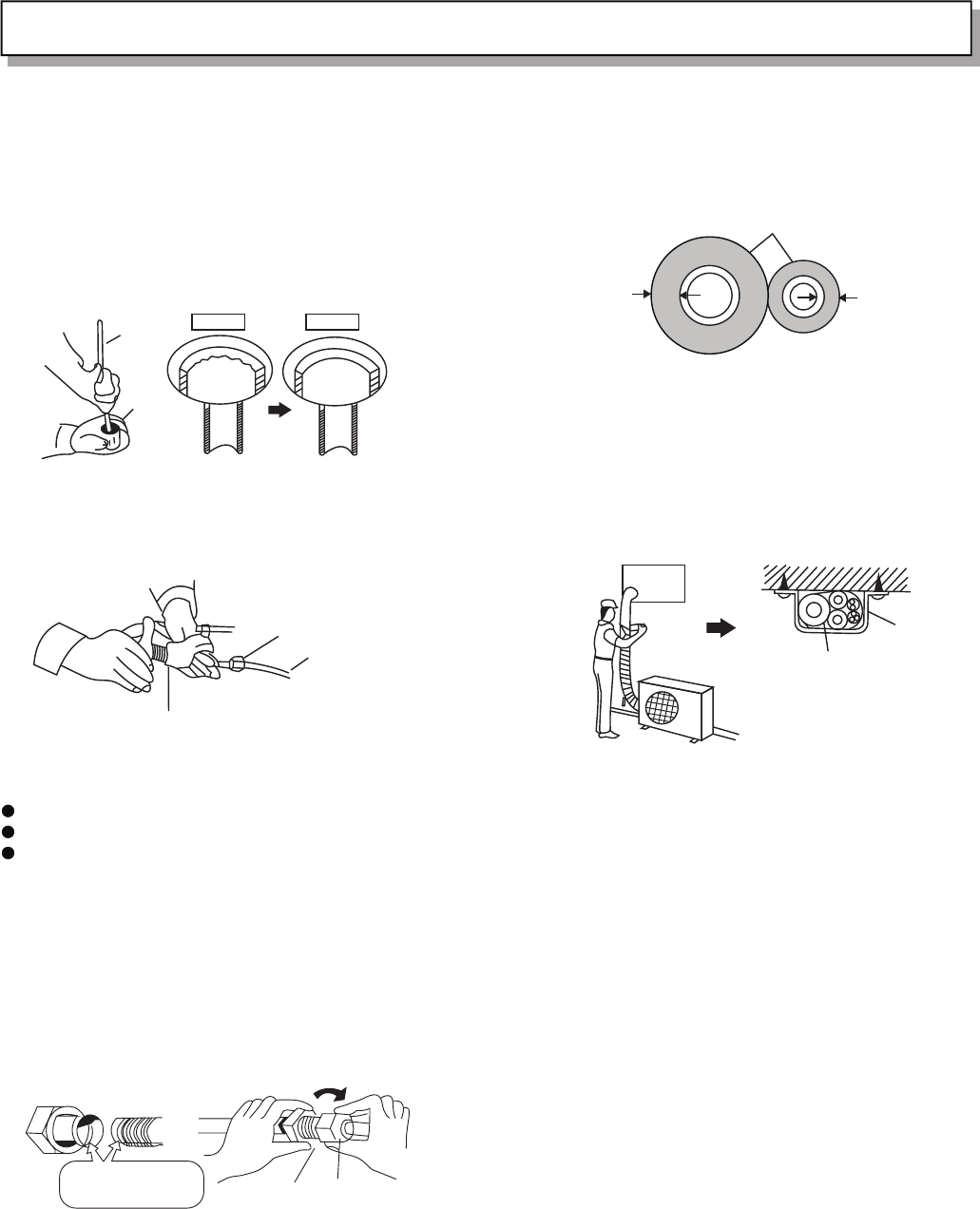
Min. 8mm
Thickness
of 8mm
Heat insulation materials
Tapered nuts
Copper tube
Flarer
5.REFRIGERANT TUBE
5.1 Flaring the tube
(1) Cut the tube with a tube cutter to the desired length
(30.50cm is recommended)
(2) Smooth the edge of the copper tube with a reamer or a file.
Hold the pipe vertically with one end downward to make
sure that no copper scraps fall into the copper tube.
Figure 18a Figure 18b
(3) Put the tube flarer on the copper tube.
(4) Flare the copper tube ( Figure 19)
Figure 19
Note: The flared tube should have:
Smooth internal surface
Smooth edges
Consistent length of the tapered surface
5.2 Connection of the tubes
(1) The sealing tube must be used to prevent dust or water
from getting into the tube.
(2) Before connecting the tube, apply some refrigerant oil on
the surface of the flared tube and connections to prevent
air leakage.( Figure 20)
(3) Align the connecting tube and the flared tube, and then
turn the tapered nut to connect tightly. (Figure 21)
(4) Fasten the nuts with a spanner.
Copper
tube
Before
After
Reamer
Application
of refrigerant oil
Flared tube
Connecting
tube
5.3 Heat insulation of the refrigerant tube
All refrigerant tubes must be insulated heat with at least 8mm
thick insulation materials. (Figure 22)
5.4 Wrapping the tubes
(1) Tie the two refrigeration tubes (including electrical wire if
permitted as regulated), water drainage hose with white
tape.
(2) Wrap half of the tubes outside the room starting from the
end. (Figure 23)
(3) Fix the wrapped tubes on the wall in clips with a space of
120cm.
Note: Do not tie the tubes too tight as this may reduce heat
insulation. Separate water drainage hose and refrigeration
tubes to prevent formation of water droplets.
5.5 Ending of installation
After completion of wrapping and insulation, seal the hole on
the wall with a suitable sealant.
5.6 Discharge gas
Place appliance A and then B. Air purging method is as
follows:
(1) Turn down the nuts on the wide and narrow tubes.
(2) Loose the nut of the flared wide tube one complete turn
with a spanner.
(3) Turn counterclockwise to open the core of the valve with a
socket screw wrench. Some gas will come out from under
the nut of the flared end of the wide tube. Tighten the nut
10 to 15 seconds later.
(4) Test for leakage at the tube connector with soapy water or
a meter. If there is no leakage, turn counterclockwise to
open the tube core of the valve on the wide tube with a
socket screw wrench.
(5) Tighten the nuts on the wide , narrow tube valves and the
valve cover.
Please contact the technical service for further information.
Appendix: Installation
26
Figure 21
Figure 22
Clip
Covering tubes with
heat insulation materials
Figure 23



